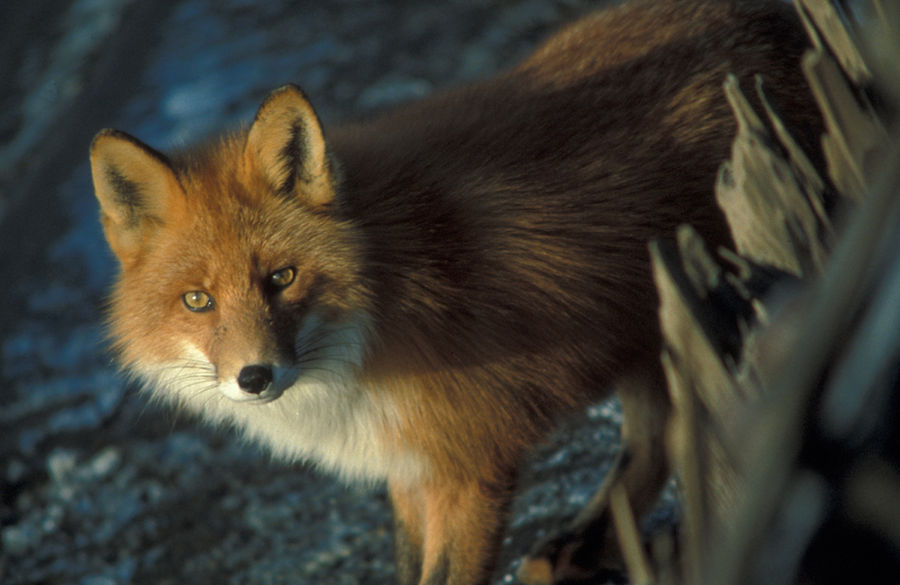Facts About Red fox
The red fox, the largest member of the true fox family, inhabits the Northern Hemisphere, including regions in North America, Europe, Asia, and parts of Africa. This versatile animal thrives in a variety of environments and maintains a diverse diet. While they primarily hunt small rodents, they also pursue other mammals, birds, reptiles, and invertebrates.
Red foxes have a long-standing relationship with humans, being hunted extensively for their fur and often featuring in folklore and mythology. Typically, these foxes live in pairs or small family groups, noted for their remarkable adaptability to new environments. Their social structure is complex, usually consisting of a mated pair and their offspring. Red foxes communicate through a range of vocalizations and body language and possess keen senses of sight, hearing, and smell.
In ecosystems, red foxes serve as both predators and prey. They face competition and threats from animals like wolves, coyotes, and large cats. Additionally, they harbor various diseases and parasites, which contribute to the spread of certain illnesses.
Human interactions with red foxes are diverse. People hunt them for their fur and attempt to manage their populations, particularly in urban areas where the foxes have adapted to scavenging for food. Managing urban fox populations is challenging, with strategies such as trapping and deterrents being employed.
The fur trade has significantly impacted red fox populations, as their pelts are valuable for making clothing. Efforts to domesticate red foxes through selective breeding for tameness have seen some success, resulting in more docile animals.

 Germany
Germany